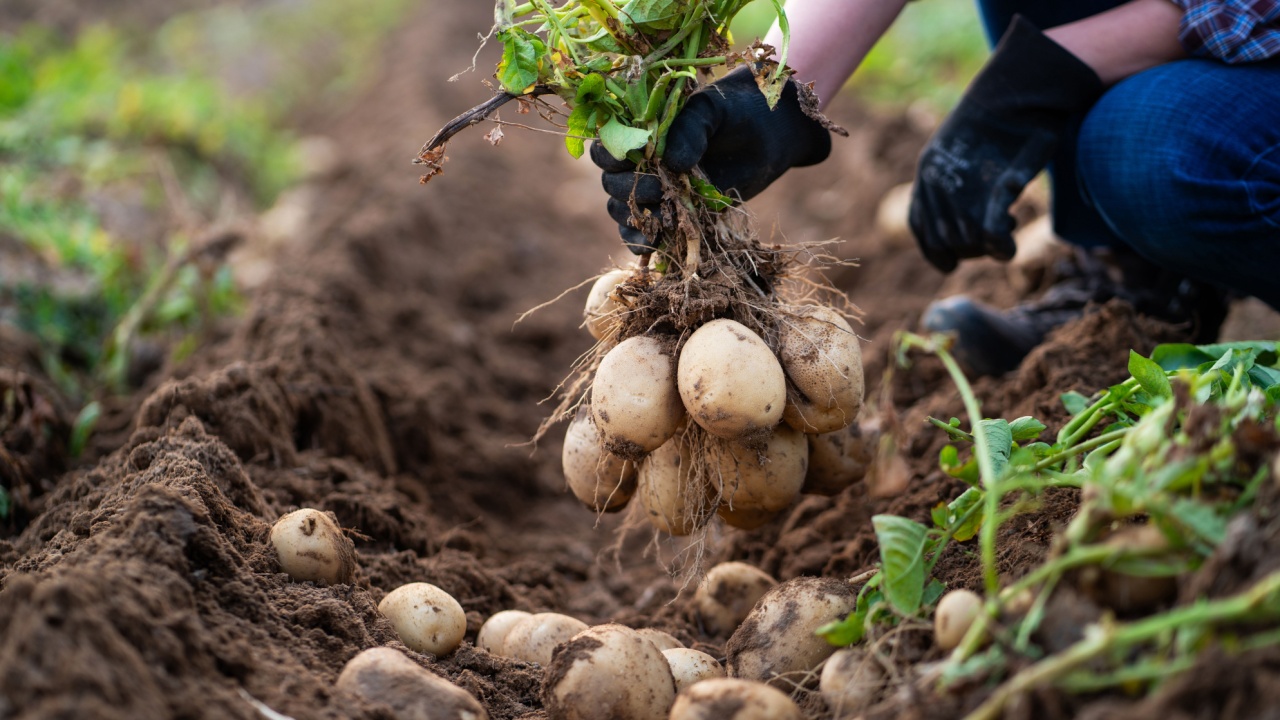Although a staple in the produce section of the supermarket, cauliflower is less often seen in home vegetable gardens, due to how difficult it can be to grow (or so I’ve noticed among my own community). Like other brassicas, cauliflower is a cool-season vegetable that is a heavy feeder and susceptible to significant damage from pests such as cabbage worms and cabbage loopers.
However, companion planting, or intercropping, can help alleviate some of these problems. Numerous companion plants for cauliflower offer pest control as well as many other benefits, such as attracting beneficial insects, providing cooling shade, and even improving the overall health and flavor of cauliflower.
Best Companion Plants for Cauliflower- 1. Dill

Image Credit: Shutterstock
Dill’s flat umbels of tiny yellow flowers attract numerous beneficial insects, such as pollinators like bees and butterflies; lacewings, hoverflies, and ladybugs, which eat pests like aphids; and parasitic wasps that feed on cauliflower pests. With its strong fragrance, dill also repels cabbage moths.
Learn more about growing and preserving dill.
2. Garlic

Image Credit: Shutterstock.
While gardeners and cooks delight in the pungent, mouthwatering smell of garlic, pests find it repulsive or simply confusing, as it masks the smell of more appetizing plants, like cauliflower. Garlic bulbs also produce an antifungal compound that helps strengthen soilborne fungi resistance in surrounding plants.
Read our garlic growing guide and check out the 8 best companion plants for garlic.
3. Hyssop

Image Credit: Shutterstock.
With its tall spires of beautiful purple flowers, hyssop attracts pollinating bees and butterflies to the garden. It makes an especially good companion for cauliflower because it also deters pests like cabbage moths and flea beetles. Note that hyssop is a perennial, so you may want to grow it in a large pot or plant cauliflower in the herb garden.
Additionally, while anise hyssop belongs to an entirely different genus from true hyssop, it offers many of the same benefits.
4. Mint

Image Credit: Shutterstock.
Like other aromatic herbs, mint repels insect pests, like the cabbage moth. When allowed to flower, it also attracts hoverflies, parasitic wasps, and bees. Keep in mind that mint spreads aggressively and is thus best grown in a pot to keep it contained.
Alternatively, if you already have a mint patch, you can try planting cauliflower there instead of in the vegetable garden.
5. Nasturtium

Image Credit: Shutterstock.
Nasturtiums are beautiful, edible, and functional in the vegetable garden. These vining plants provide groundcover, shading out weeds and improving soil moisture retention. They also repel some pests and act as a trap crop for others, while their bright flowers attract beneficial insects.
Check out our nasturtium growing guide.
6. Onion

Image Credit: Shutterstock.
Onions, like their cousin garlic, have a strong odor that deters hungry pests like aphids and caterpillars. Some gardeners even claim that vegetables grown near onions have a better flavor. The vertical growing habit of onions also means they won’t compete for space with the broad foliage of cauliflower.
Here’s how to grow onions.
7. Potato

Image Credit: Shutterstock.
With their deep roots, potatoes occupy a different level of soil than cauliflower, meaning they won’t compete for space or nutrients. If aphids and flea beetles typically plague your cauliflower, try planting a row of potatoes nearby to act as a trap crop.
Learn more about growing potatoes.
8. Sage

Image Credit: Shutterstock.
The wonderful earthy aroma of sage deters cabbage moths and other pests. And when it flowers, its lovely blue blossoms attract beneficial insects like hoverflies, parasitic wasps, and pollinators. As with other perennial herbs, consider planting sage in a container, or try growing cabbage in the herb garden.
9. Thyme

Image Credit: Shutterstock.
Yet another fragrant herb, thyme repels cabbage worms and flea beetles, among other insect pests. Its spikes of pale flowers also attract parasitic wasps, hoverflies, and other beneficial insects to the garden. Thyme is also a perennial and has a spreading habit, so you will likely want to grow it in a container.
Worst Companion Plants for Cauliflower- 1. Brassicas

Image Credit: Shutterstock.
Some plants do not get along well together. While the plants in the list above can be interplanted with cauliflower, the following three should be grown in a separate bed to avoid any negative effects.
Avoid planting cabbage, broccoli, Brussels sprouts, and other brassicas near cauliflower. Because they all belong to the same family, they attract the same pests and diseases, and planting them all together allows those pests and diseases to spread more easily from one crop to another. Additionally, members of the cabbage family will compete with each other for nutrients.
2. Strawberries

Image Credit: Shutterstock.
Like cauliflower, strawberries are heavy feeders. Since both occupy the same level of soil, they will compete for the same nutrients, and their roots may tangle together. Strawberries are also perennials, which means they can disrupt crop rotations if planted in the vegetable garden because they stay in the same location every season.
3. Tomatoes

Image Credit: Shutterstock.
Yet another heavy feeder, tomatoes will compete with cauliflower for important nutrients in the soil. Cauliflower may also stunt the growth of tomato plants. Other members of the Solanaceae family, such as peppers and eggplant, make poor companions of cauliflower for the same reasons.
Cauliflower may be among the more daunting vegetables to grow in a home garden, but many of the problems it faces can be at least partially alleviated by intercropping with companion plants. Try one or more of the combinations suggested above, and enjoy a healthy harvest of cauliflower from your own garden!



Companion Planting Guide (Including 7 Benefits Of Polyculture)
Monday 13th of June 2022
[…] Companion plants for cauliflower […]